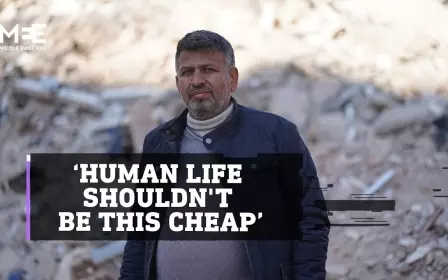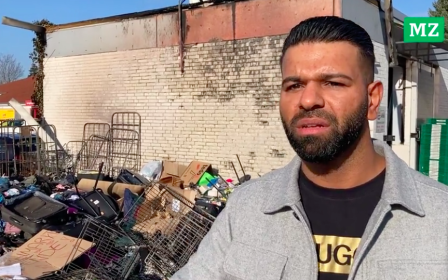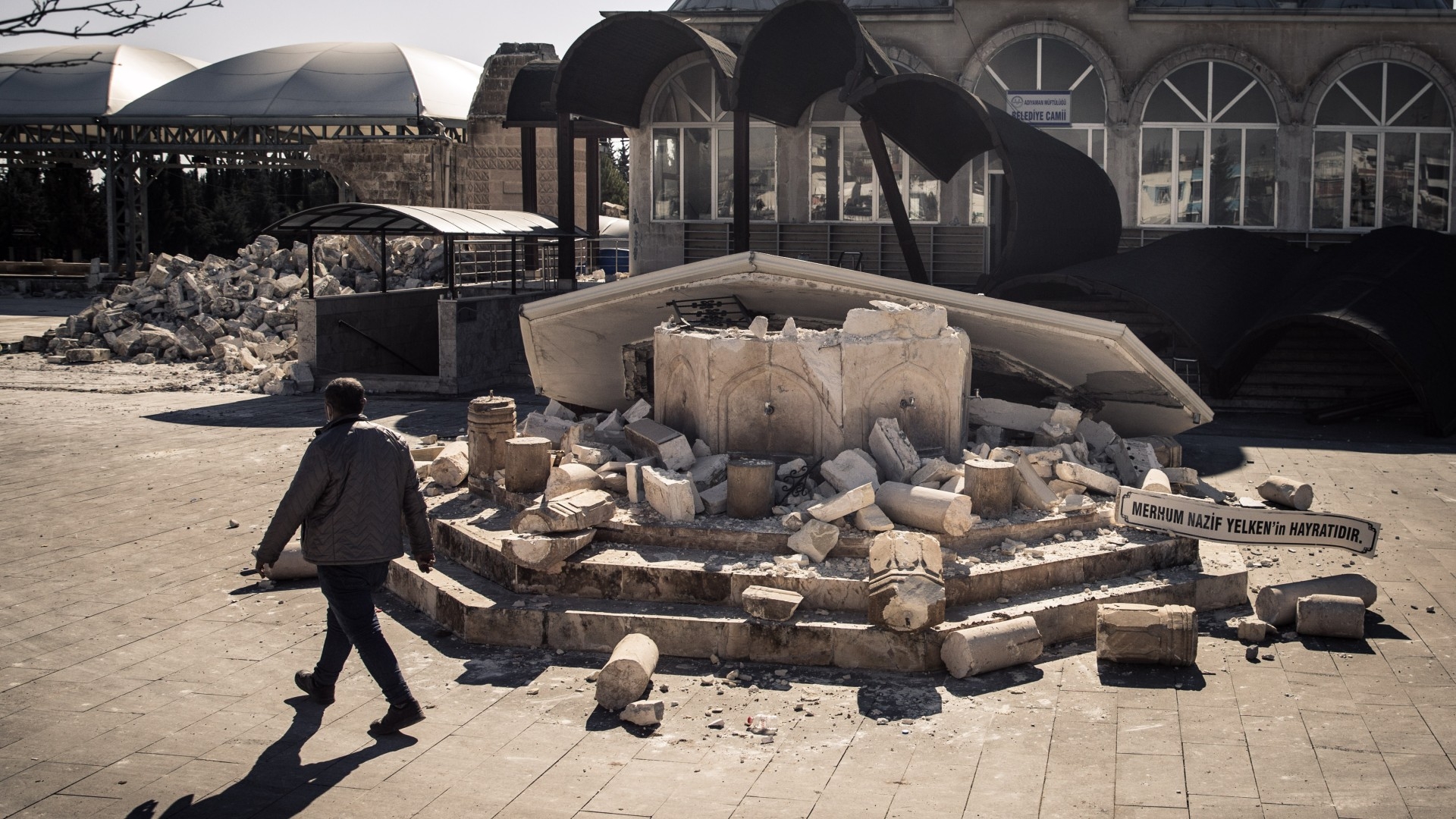
In pictures: Turkey earthquake leaves city of Adiyaman in ruins
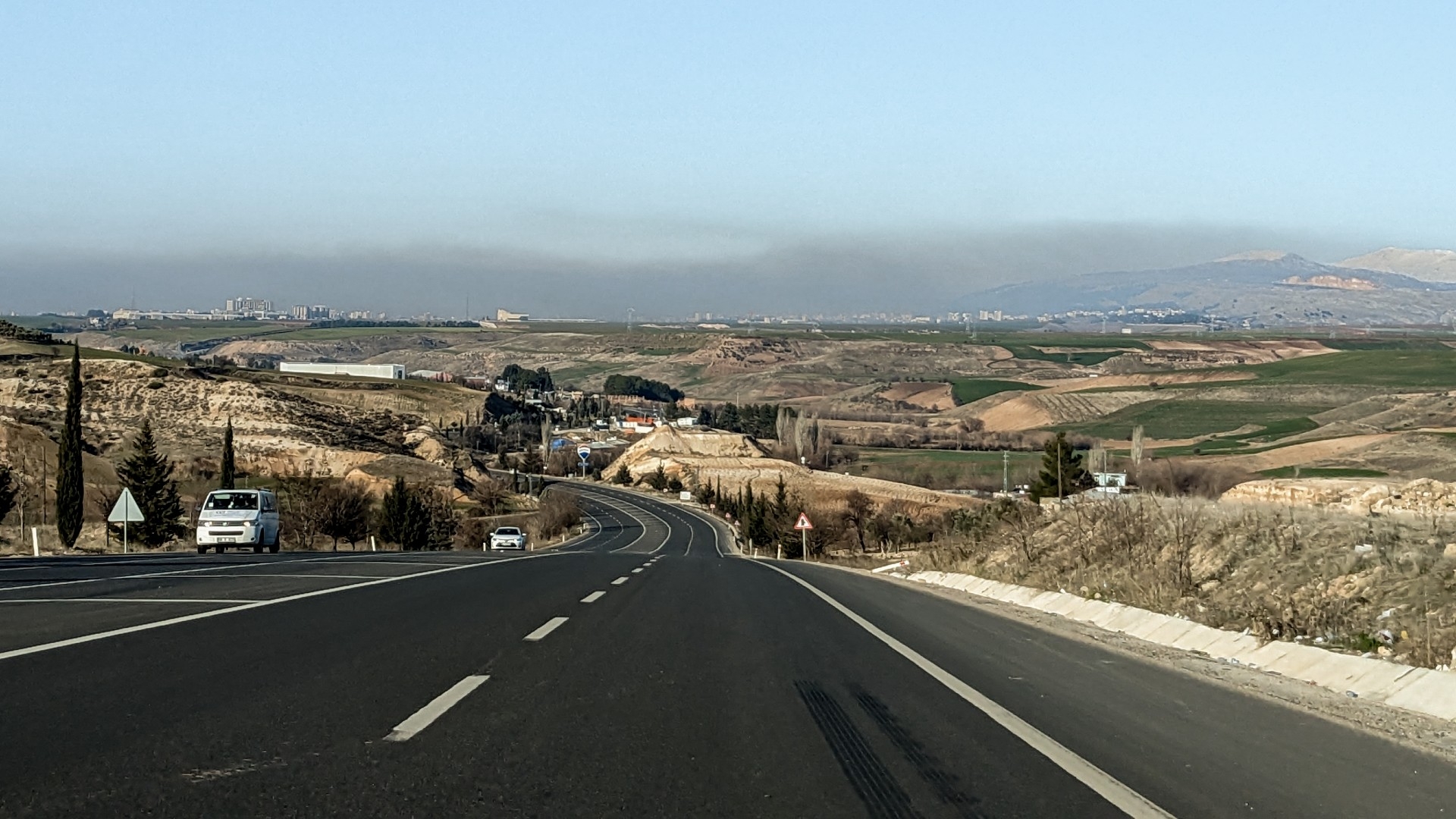
This photo shows a view of Adiyaman, from the D360 road leading to the city, on 14 February 2023. Home to more than 267,131 mostly Kurdish inhabitants before the quake, the city is one of the 10 southeastern Turkish provinces heavily damaged by the twin earthquakes that hit Turkey and northwest Syria on 6 February (MEE/Laurent Perpigna Iban)
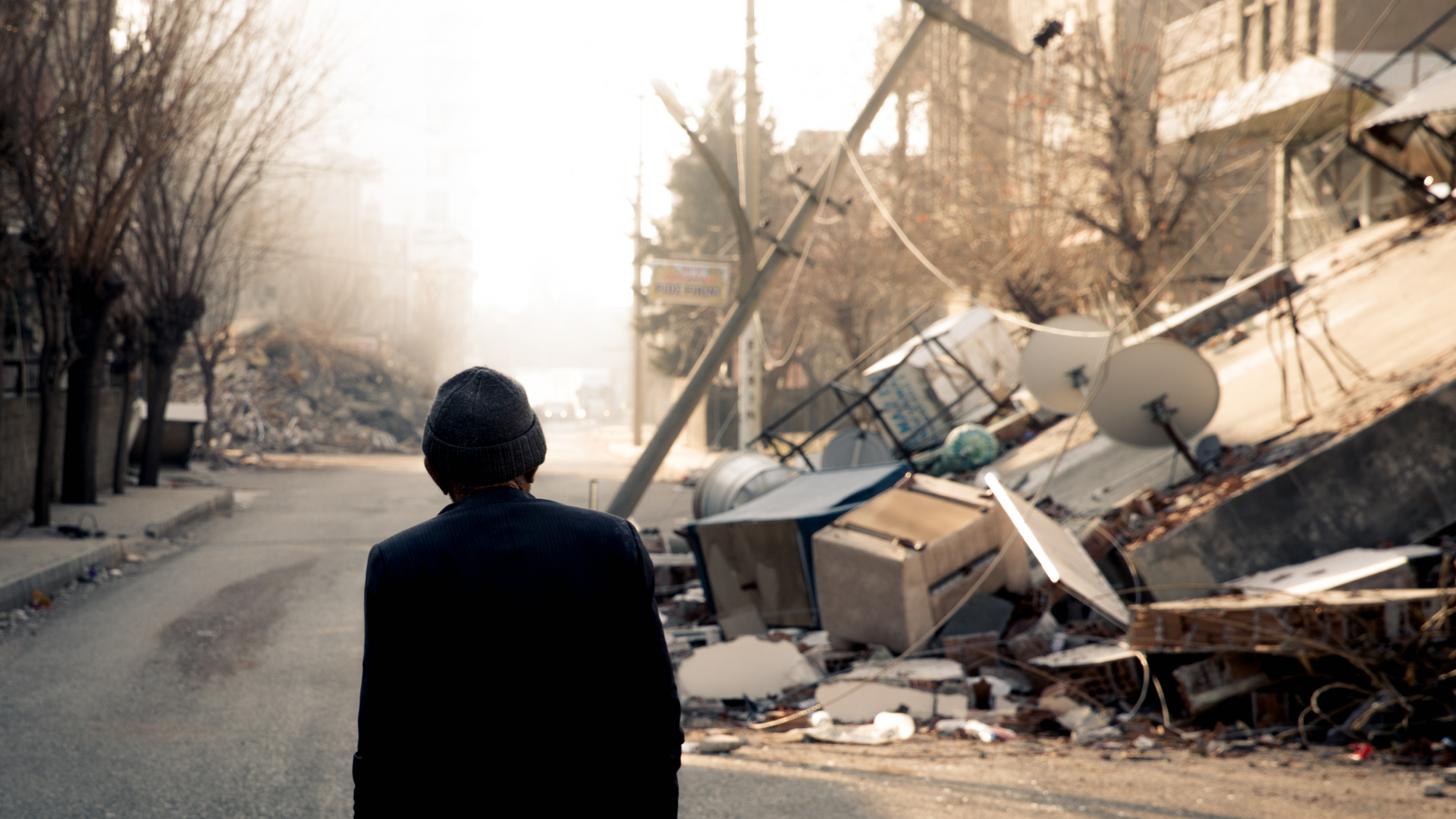
Scenes of desolation are everywhere in Adiyaman streets. Here, an elderly man walks past damaged buildings in his neighbourhood on 14 February 2023 (MEE/Laurent Perpigna Iban)
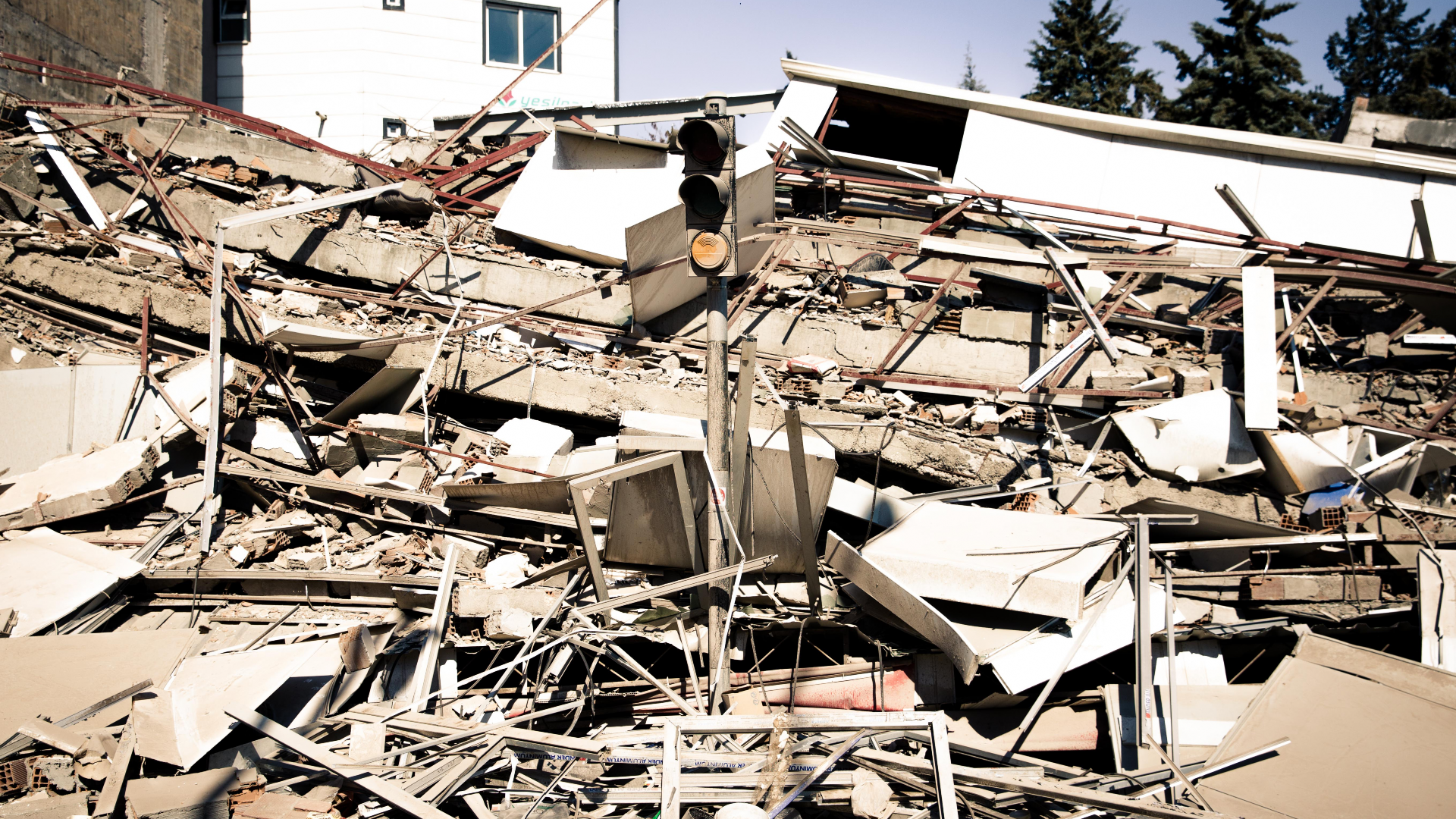
In Adiyaman's city centre, many streets are still impassable eight days after the quake. Many buildings still standing are at risk of collapse (MEE/Laurent Perpigna Iban)
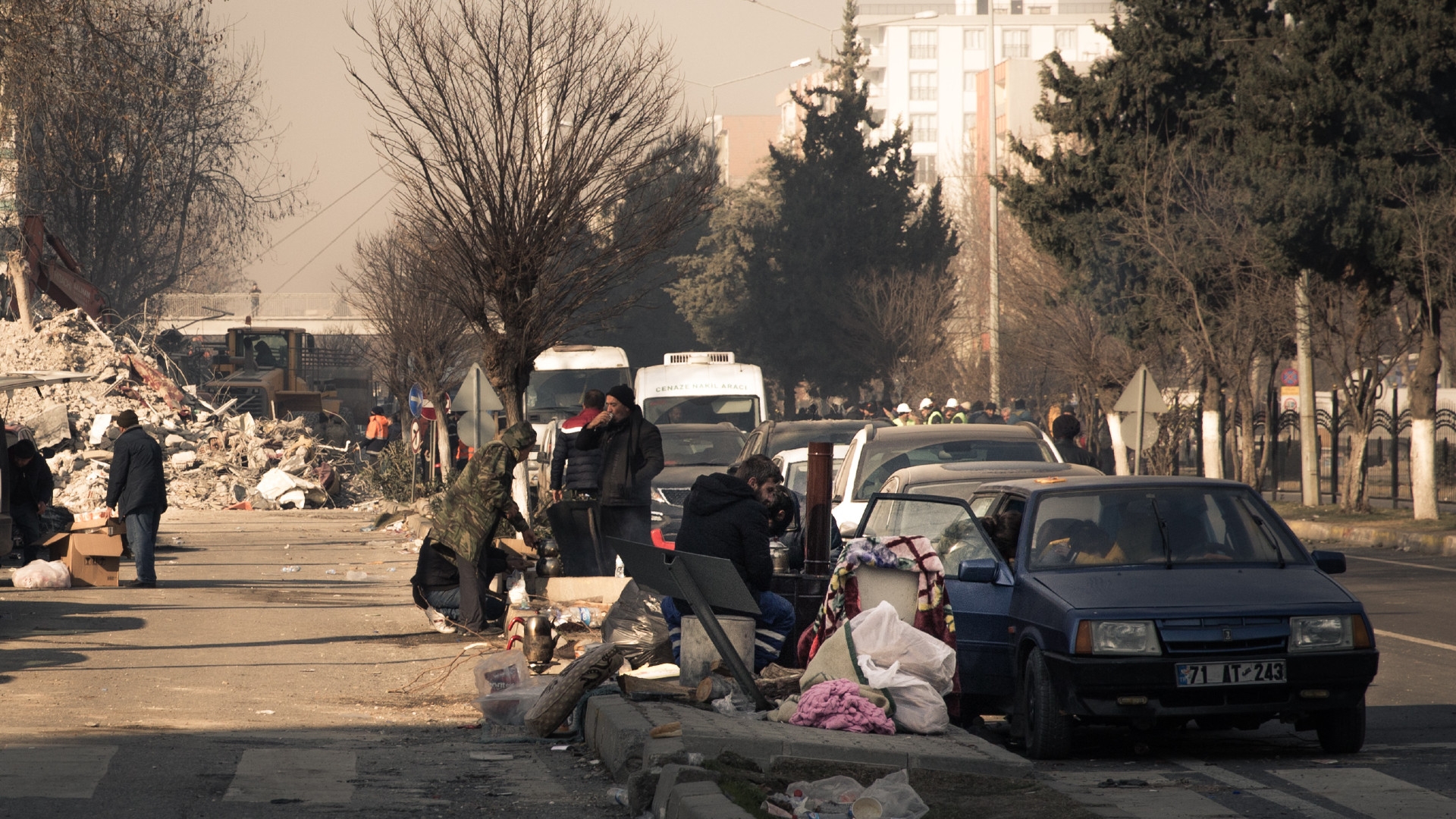
Since the earthquake, thousands of families who have become homeless are living in their cars, mostly in front of their collapsed homes. In fact, it seems that no building is inhabited in Adiyaman anymore (MEE/Laurent Perpigna Iban)

Rescue and aid were late to arrive at Adiyaman, according to its residents. Talip, 50, tells Middle East Eye: "For the first two days, Adiyaman was not even mentioned, so nothing was sent. We were left alone to face the disaster. The tents only arrived on the third day, even though the whole town was uninhabitable.” (MEE/Laurent Perpigna Iban).
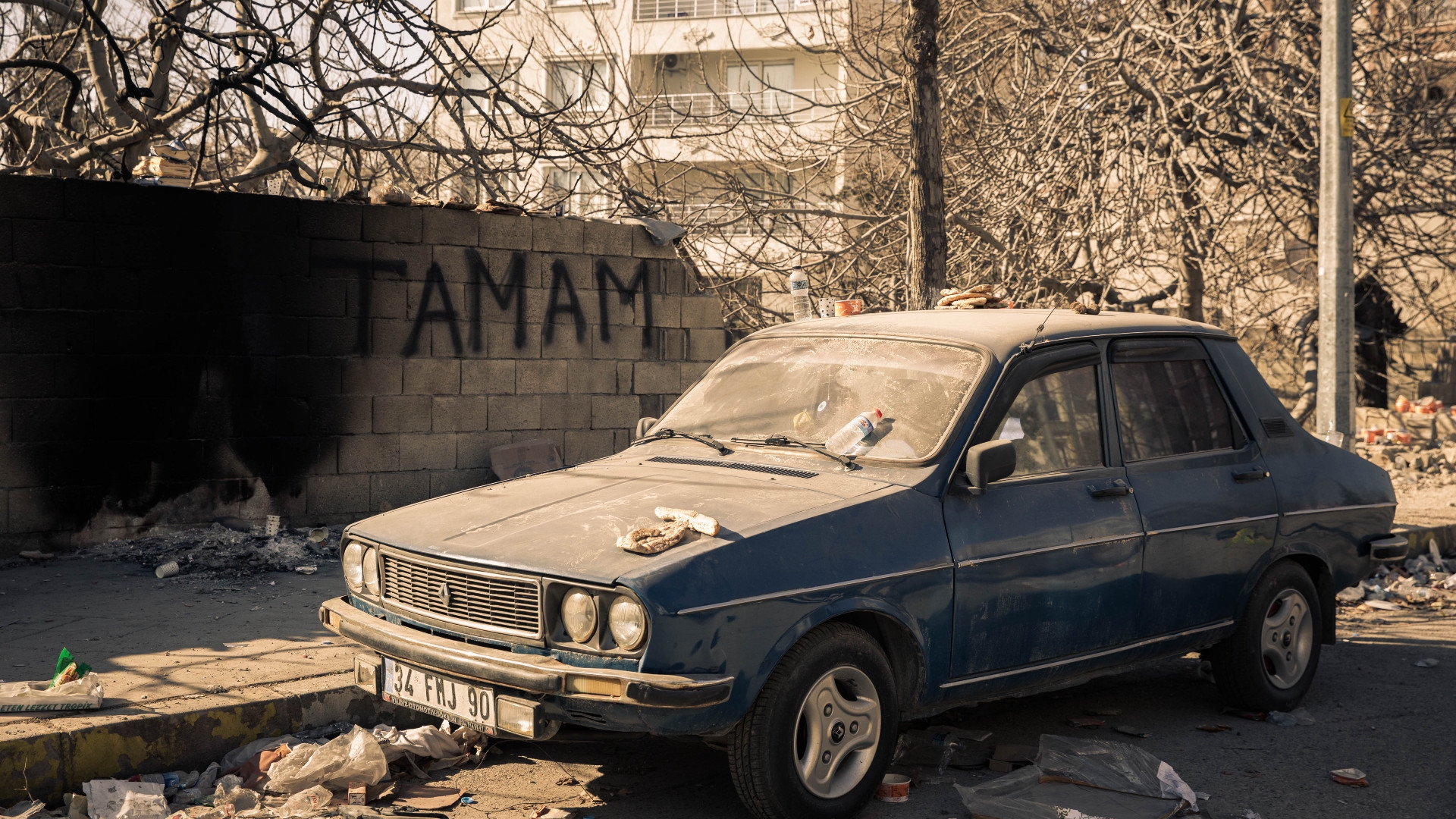
"The rescue services arrived very late, and there were not enough of them. The whole city is down," says Faruk, 65. There are many stories of families who had to extract the bodies of their deceased loved ones themselves. (MEE/Laurent Perpigna Iban)

Sometimes the mounds of rubble are several metres high. Rescue workers tell MEE that up to 50 people may be here under the rubble. And then there is that persistent, unbearable smell: the smell of death (MEE/Laurent Perpigna Iban)

Exhausted, this rescue worker is taking a break. He has travelled several hundred kilometres to get here and has not slept much since his arrival. Even though the rescue workers are experienced, they look shaken by the tragic scenes they have had to endure (MEE/Laurent Perpigna Iban)
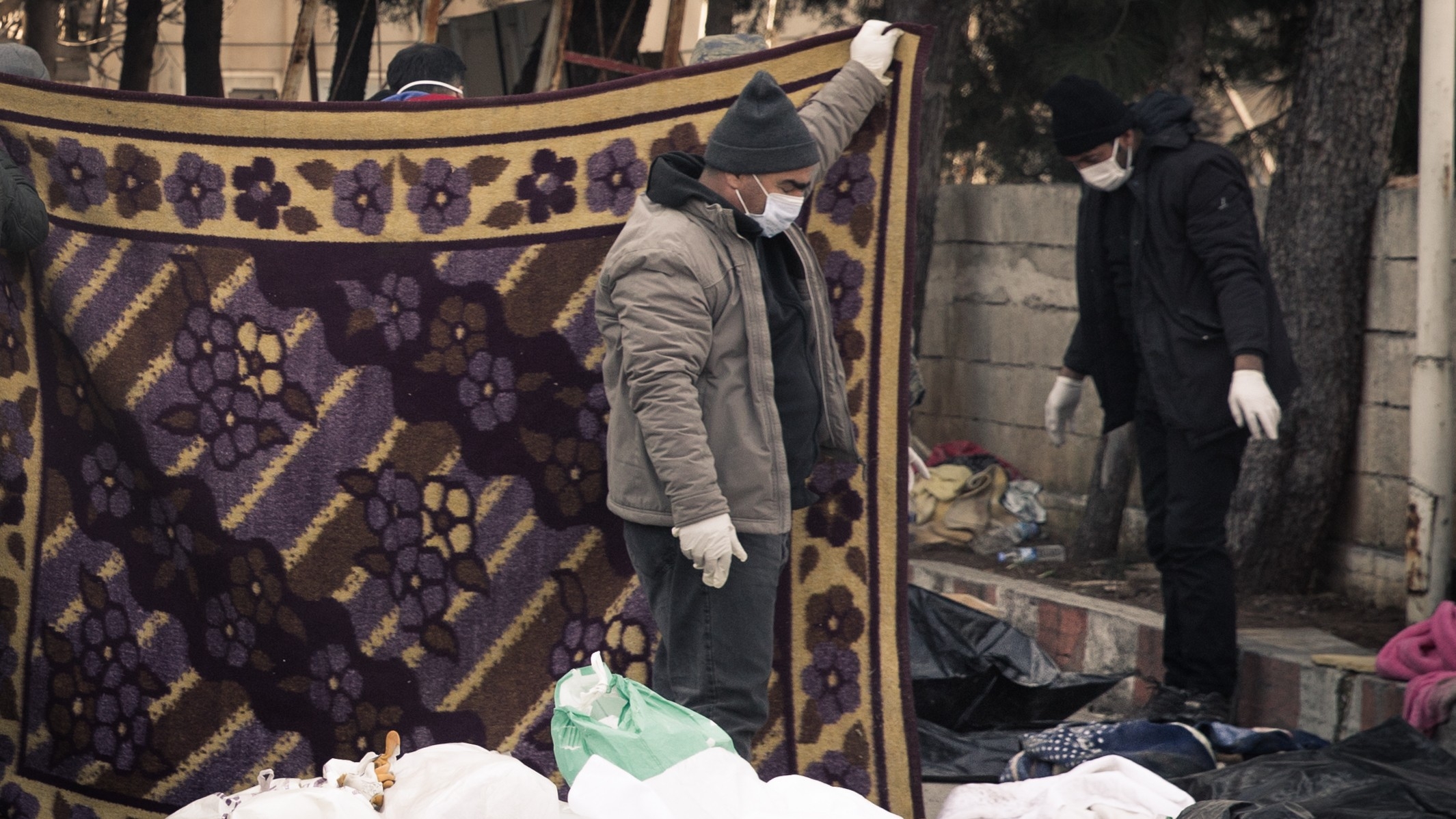
Out of sight, hidden behind mats held by volunteers, the lifeless bodies are stored. Once identified, they are placed in shrouds. A few minutes later, they will leave inside a truck to the town's cemetery (MEE/Laurent Perpigna Iban)

At the city cemetery, the bereaved families pray with the bodies of their loved ones behind them (MEE/Laurent Perpigna Iban)
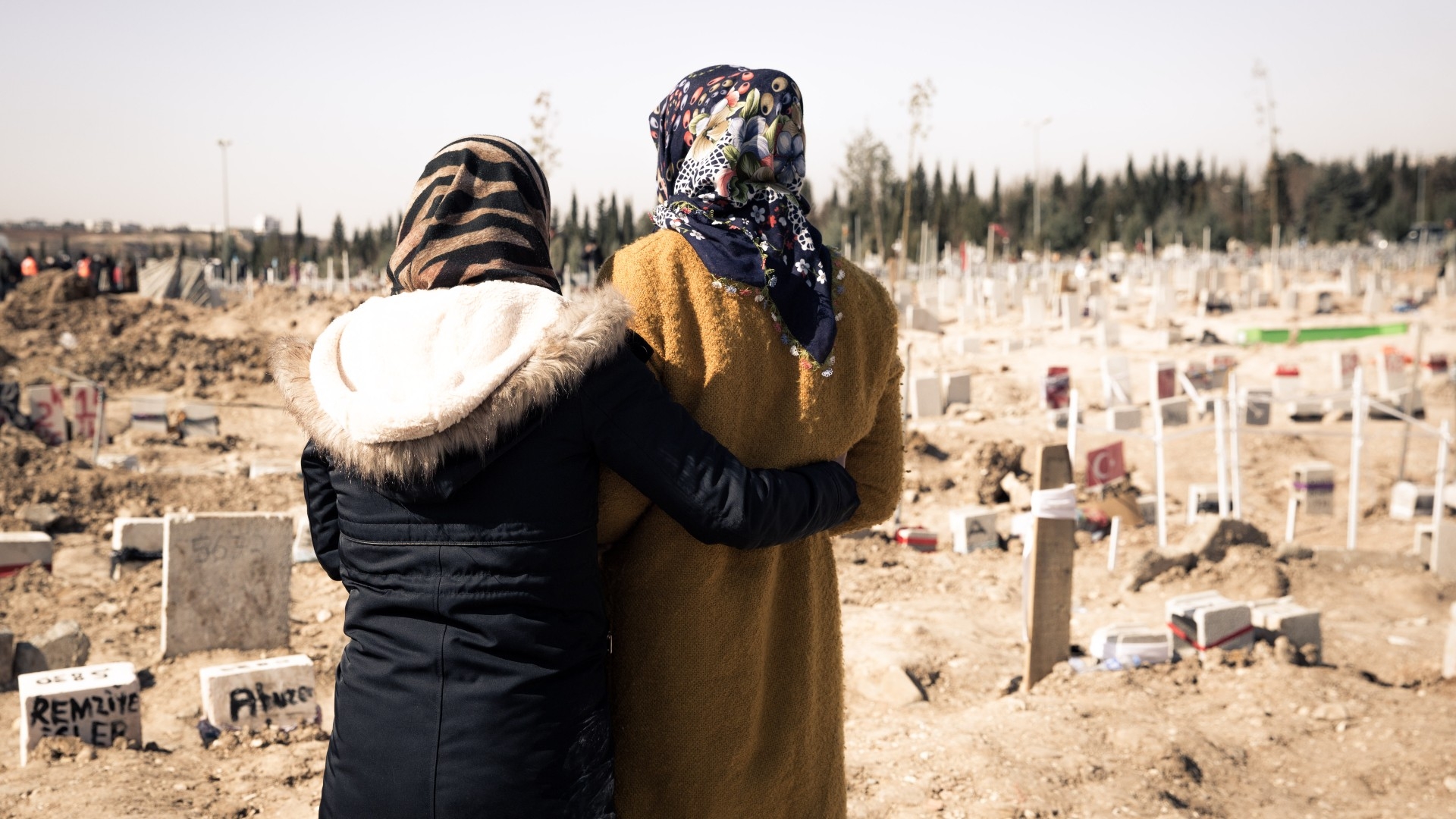
Makeshift gravestones saturate the landscape. Often, they only contain handwritten numbers, sometimes the name of the deceased (MEE/Laurent Perpigna Iban)
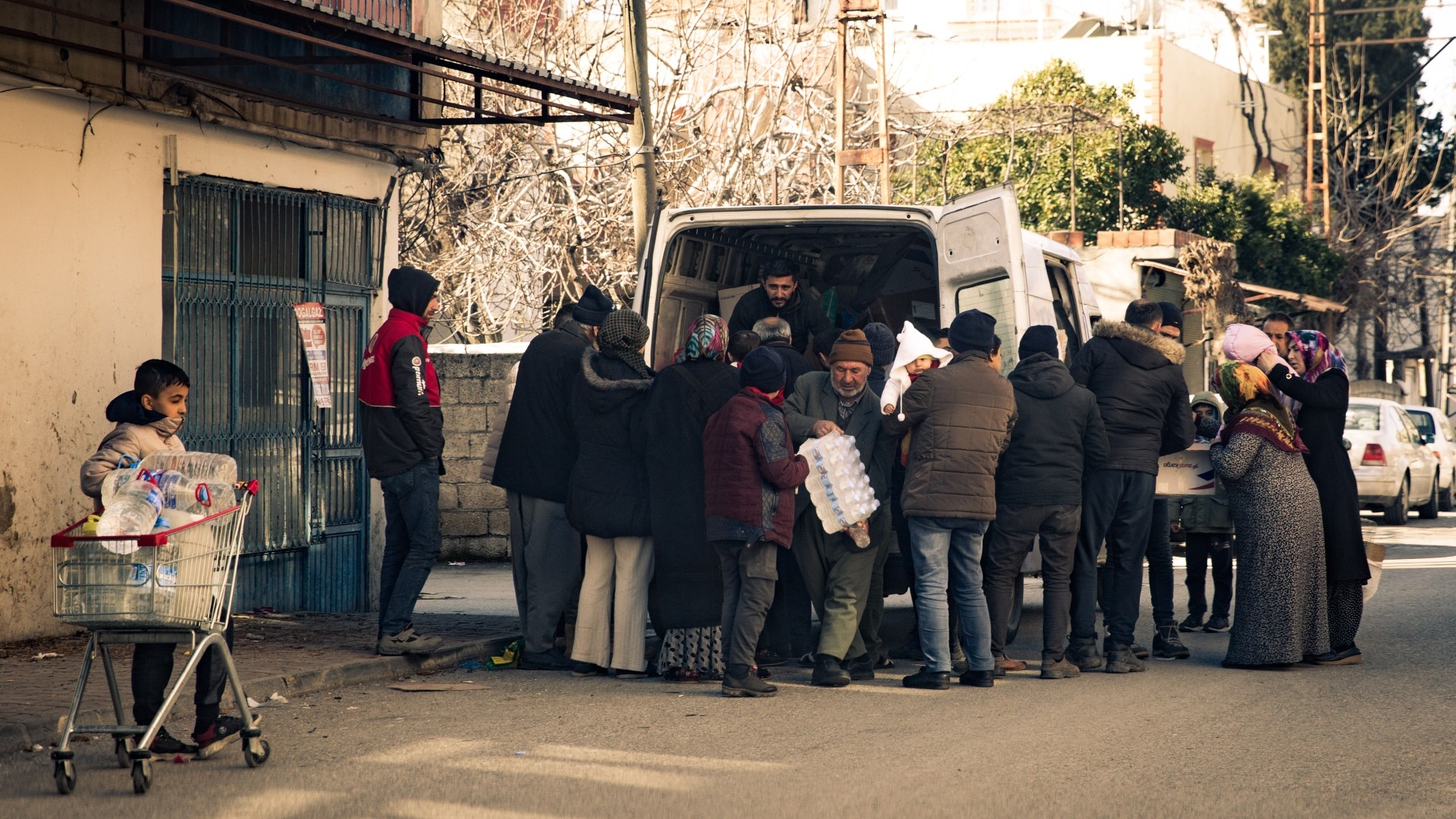
While humanitarian aid has arrived, the needs are enormous. "My town has been wiped off the map," comments one man (MEE/Laurent Perpigna Iban)
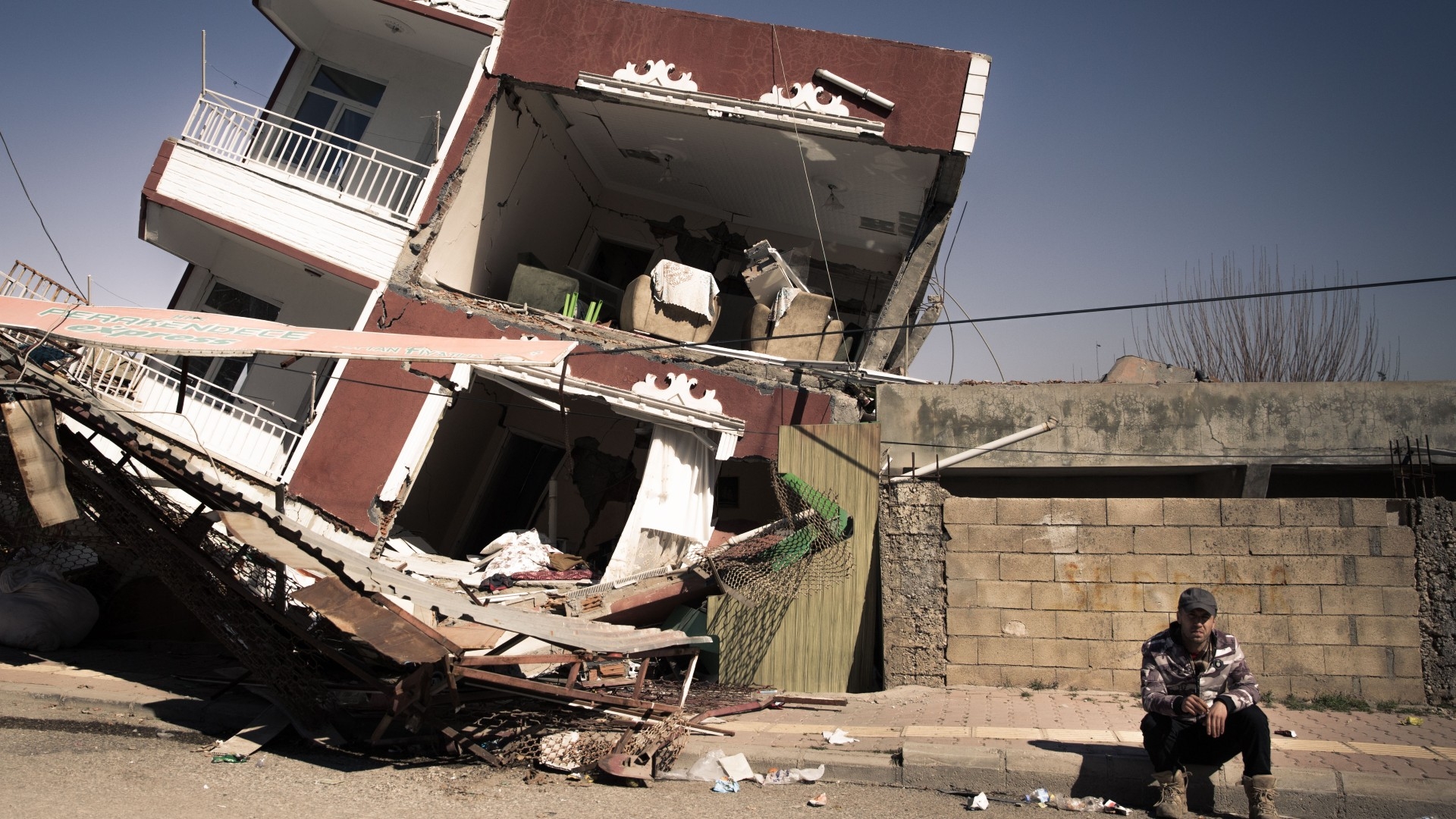
Ihsan knows it's a miracle. He and his family were able to get out of their devastated home without a scratch. "Thank God. I have nothing left, but it doesn't matter, we are all alive." (MEE/Laurent Perpigna Iban)
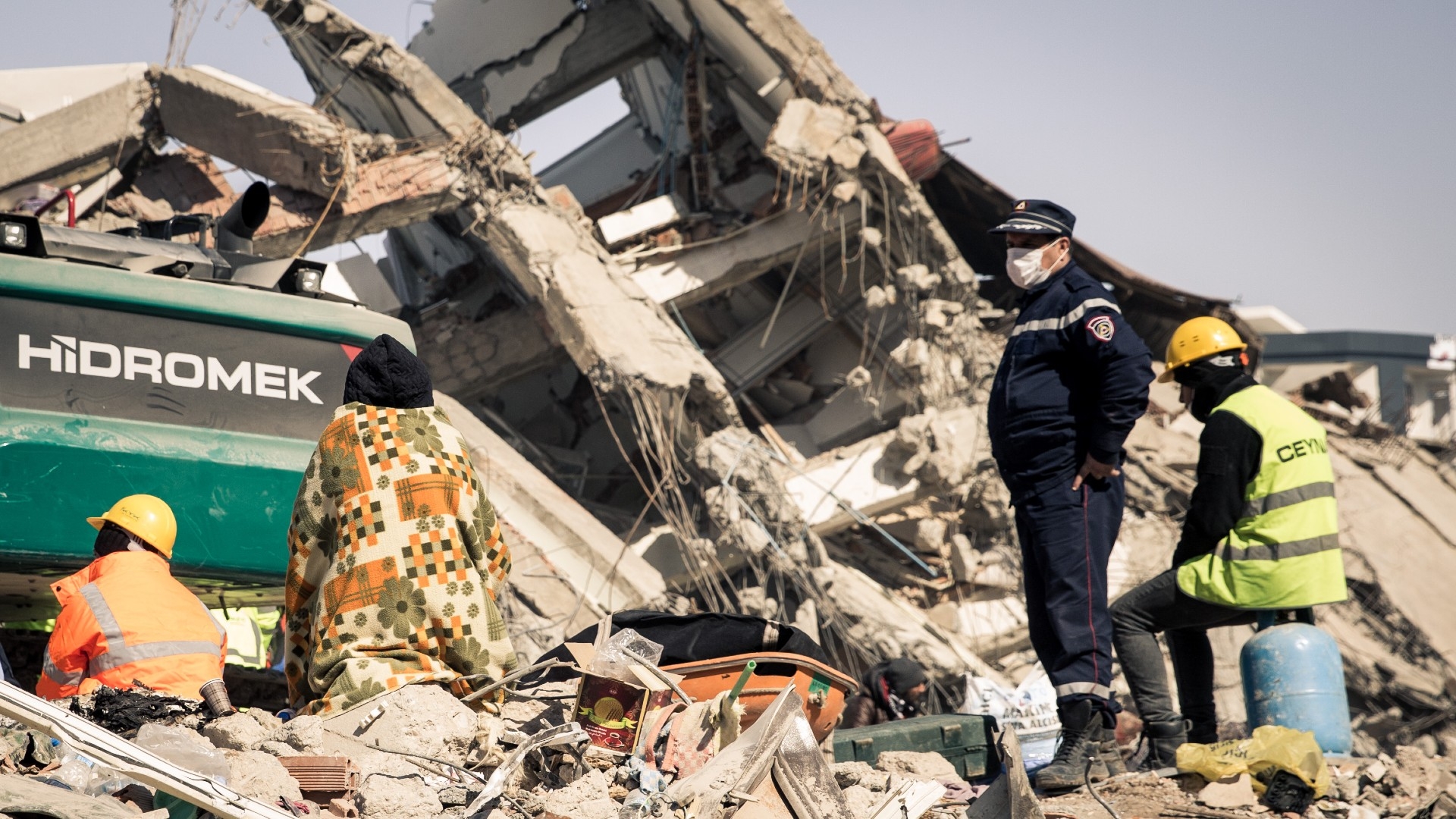
Although an 18-year-old was rescued alive from the rubble more than 198 hours after the earthquake, rescue teams are almost exclusively pulling dead bodies out. Under a blanket, a woman waits for other relatives to be pulled from the rubble. Next to her, a corpse wrapped in a black bag on a stretcher is waiting to be evacuated (MEE/Laurent Perpigna Iban)
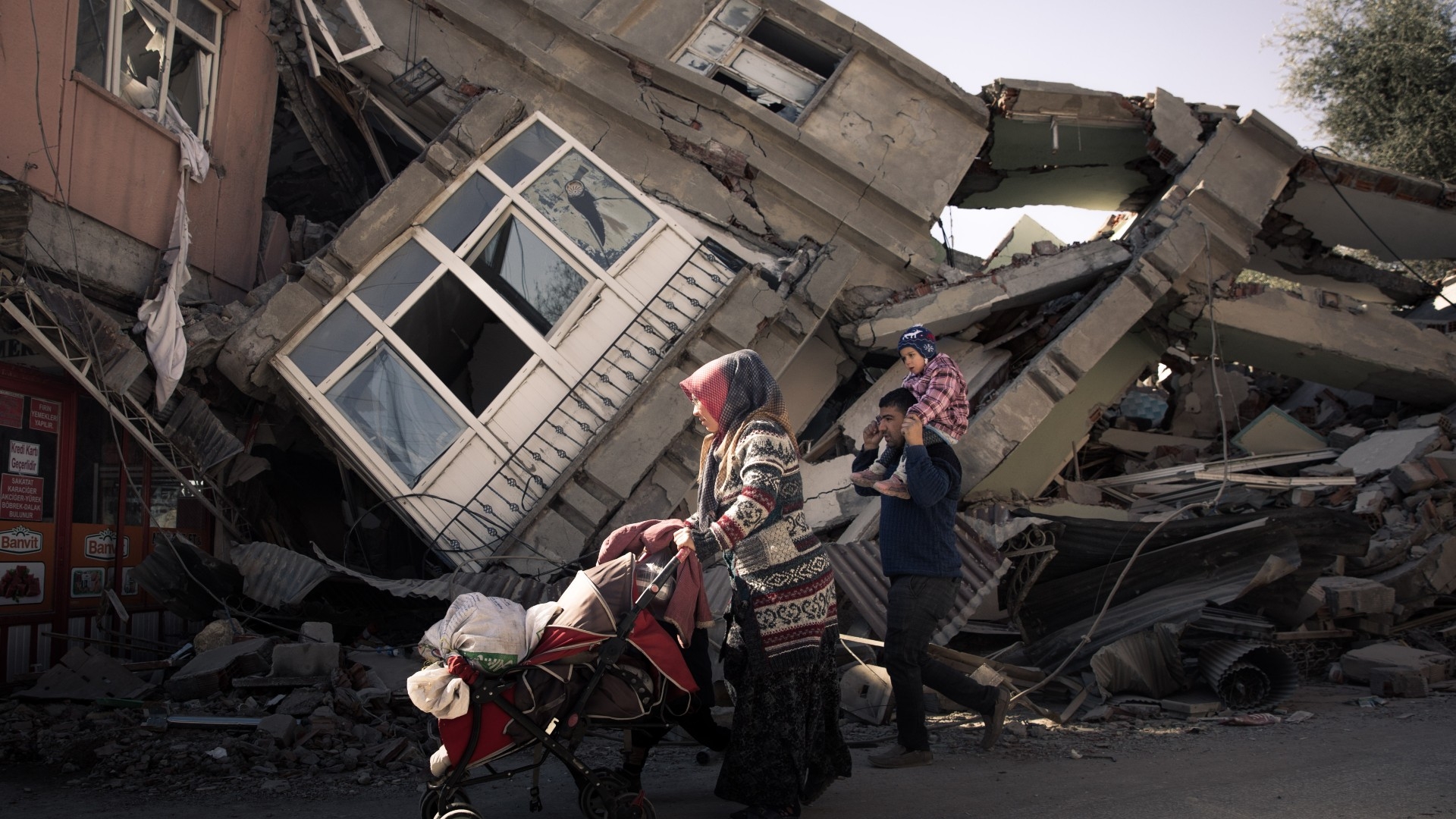
For the city's residents, one thing is certain: it will be easier to rebuild Adiyaman than to mend their hearts (MEE/Laurent Perpigna Iban)
Middle East Eye delivers independent and unrivalled coverage and analysis of the Middle East, North Africa and beyond. To learn more about republishing this content and the associated fees, please fill out this form. More about MEE can be found here.


